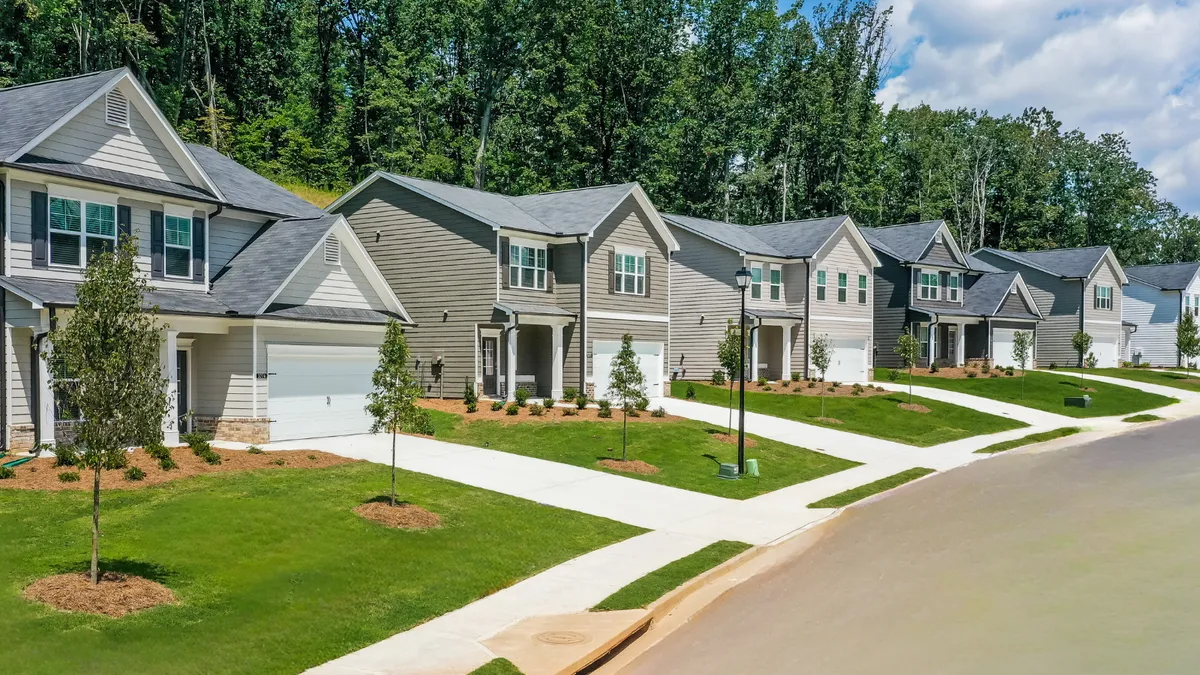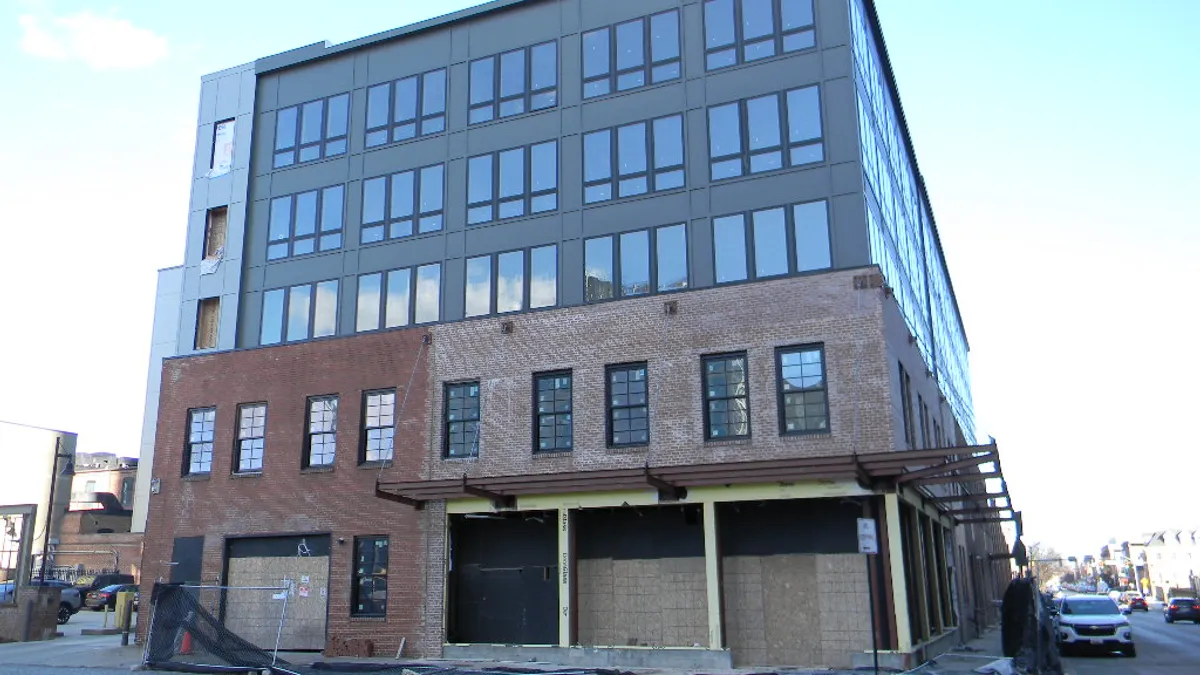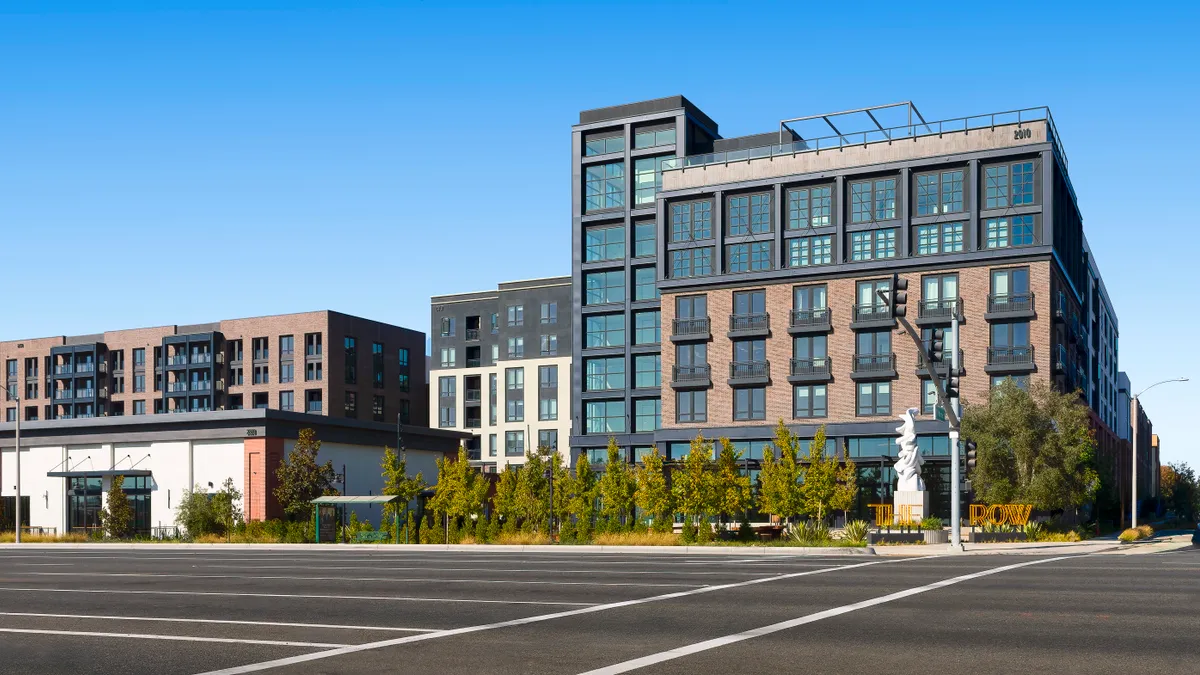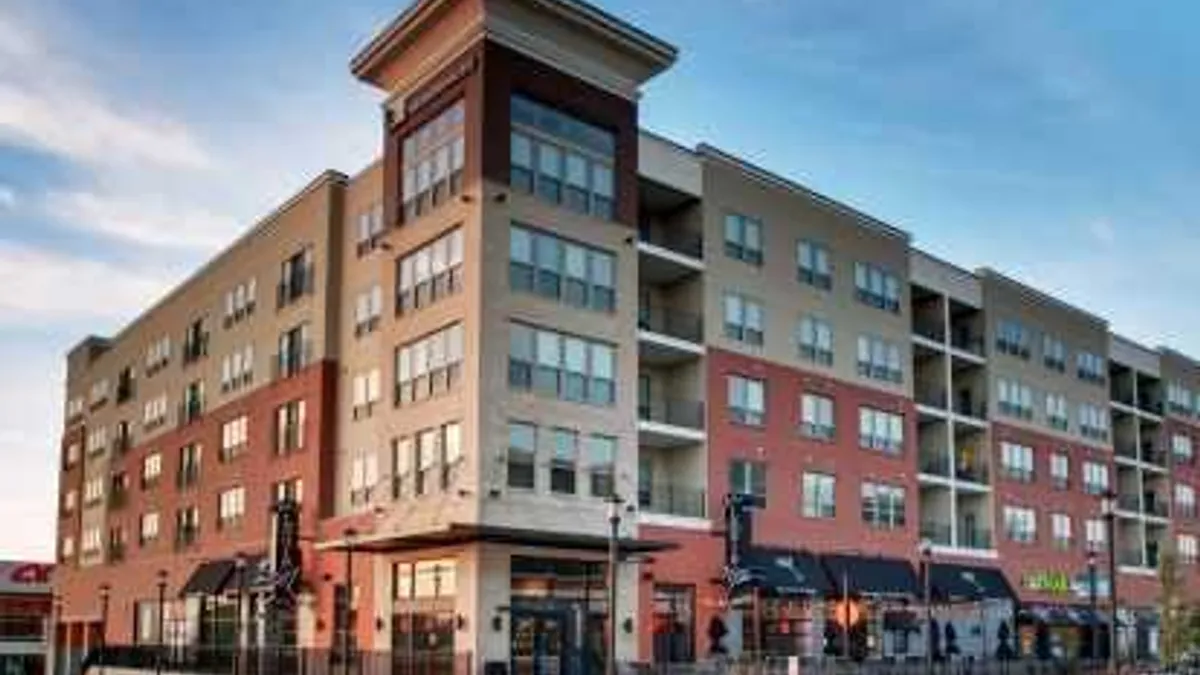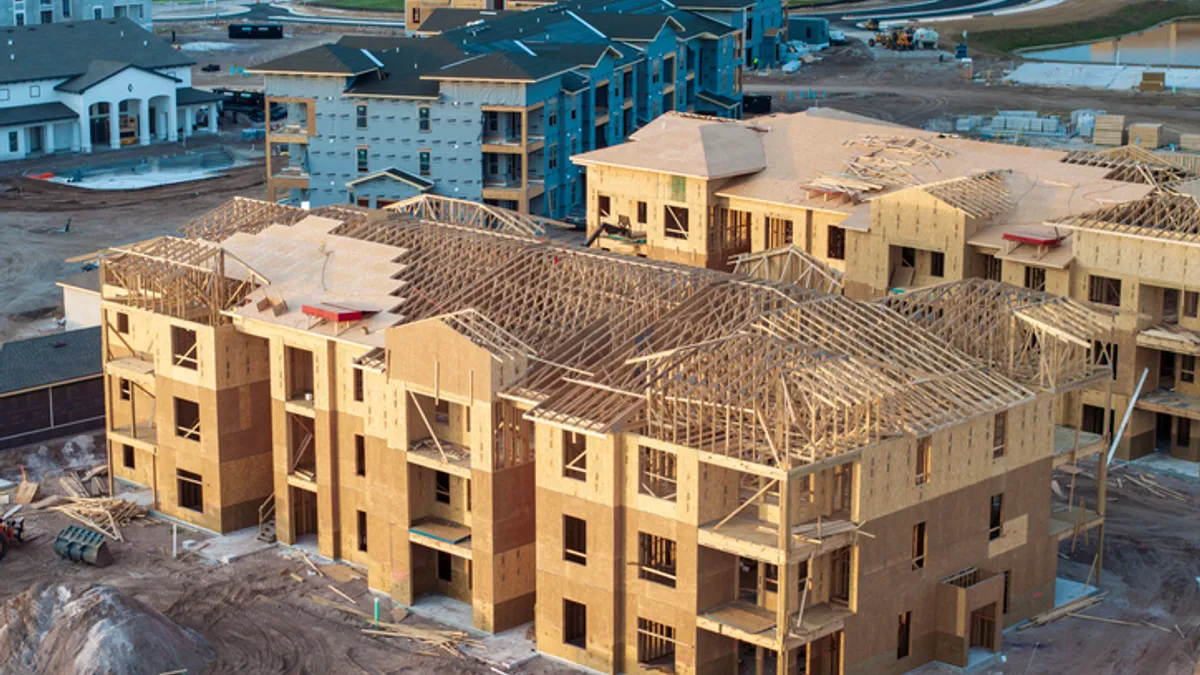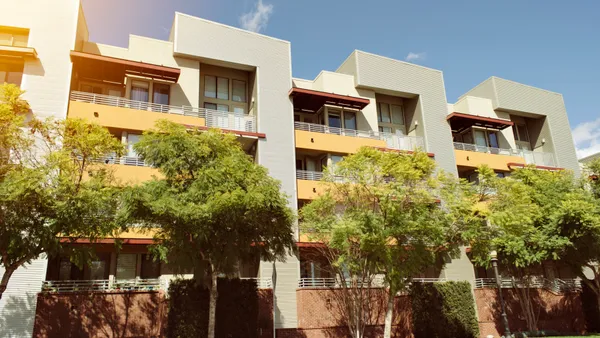For John Isakson, the new CEO at ARK Homes For Rent, less may be more.
The Miami-based single-family rental home operator, which has 4,000 homes and 1,000 in the pipeline, owns properties in major Southeastern cities like Atlanta; Charlotte, North Carolina; and Tampa, Florida. It's also in a lot of smaller markets, including Wilmington, North Carolina; Savannah, Georgia; Palm Beach, Florida; and Spartanburg, South Carolina.
But with operating efficiency in mind, Isakson would consider paring down ARK’s presence in certain metros. “That's a pretty far-flung geography, and I could see us sort of narrowing that going forward,” Isakson told Multifamily Dive. “One of the things we're asking internally is what are our best markets and where are our best growth markets?”
That said, Isakson does like ARK’s core markets a lot. He knows many of those metros because Preferred Apartment Communities, where he served as CFO before the Atlanta-based REIT was sold to Blackstone in 2022, also had holdings in those cities. But the new CEO, who started in December, admits operational requirements vary between apartment and build-to-rent products.
“Unlike multifamily, where each deal is kind of an island and a self-sustaining island at that, with SFR and BTR, you need scale in a market for operational efficiencies,” he said.
Although Isakson’s observations come from a 30-year career in real estate, it could be argued that the business is in his genes. His father, the late U.S. Congressman and Senator Johnny Isakson from Georgia, was president of Northside Realty, a small, family-owned real estate business. Over two decades, he grew it into the largest independent residential real estate brokerage company in the Southeast and one of the largest in America, according to the Atlanta Journal-Constitution.
Here, Isakson talks with Multifamily Dive about the evolution of BTR, ARK’s strategy and the “double-edged sword” of potential interest rate cuts.
This interview has been edited for brevity and clarity.
MULTIFAMILY DIVE: ARK’s homes are both on scattered sites and dedicated single-family rental communities. Do you think companies will begin to specialize in one of these segments or the other?
JOHN ISAKSON: You are starting to see an evolution in the industry where people are specializing but I don't think we're done with the evolution yet. You're going to continue to see that for a few years. And I think you're going to see it in two places.
I think you're going to see it in the companies where strategies evolve around whether to specialize or not. I also think the product is going to evolve. I don't think we're done with what a BTR unit looks like. There's still a way to go before we figure out exactly what's best for the market and exactly what the customer wants.
How do you think the BTR product will evolve?
I think you're going to start to see a standardization in some of the most basic concepts. The dimensions of the home, the width of the home and the ceiling heights — a lot of the things that maybe are not necessarily standardized but are generally accepted principles in multifamily — the BTR space is probably 25 to 30 years behind in.

Do you need a certain width of the home to be marketable? Do you need to have 9-foot ceilings, or can you get away with 8 feet? Do you need them to be vaulted? I think a lot of those questions are being asked.
You see a lot of national builders, who all build great product, but it's not all the same great product. So what's going to be most accepted in the market? I don't think we have a 100% feel for that.
Will ARK play a role in developing that consensus?
I'd like to see us get a strategic focus. And I'd like to see us be a leader in what the product should look like, what is the right width of a home, what is the right configuration of a home, what makes a BTR community better or more marketable and what are the things you can do that are going to generate premium rents.
That's something that I am very focused on. I can't tell you today specifically what those items are. But that's at the top of my list with the senior team.
That response leads me to think you’re considering development. Are you looking at building your own BTR communities?
We are looking at development. We have a few we’re considering. That is such a new segment. There is no playbook or there is a very small playbook. The playbook has just got a few pages in it.
You really want to be sure that the product you're delivering is really well thought out because you don't have a lot of comps to look at.
That is going to become an important part of this industry. Developers are going to come into this sector, and they're going to specialize in this sector. As the definition of this product gets tighter and more specific, you’re going to see more and more people get into it.
How do you see potential interest rate cuts affecting BTR?
It's a little bit of a double-edged sword. To the extent that we've got floating-rate debt that's maturing or fixed-rate debt that's maturing, lower costs could reduce our interest expense and that's going to increase profitability. That's great.
But, lower interest rates across the market, if that means a reduction in mortgage rates, could mean an uptick in home sales, which could bleed some of our demand. But I don't think that story has been written yet. I'm not convinced we've seen the end of inflation.
I'm not convinced it's not going to be a little bit more sticky than the Fed would like to believe. The Fed is on a tightrope. I think they're doing the best they can to manage it.
Click here to sign up to receive multifamily and apartment news like this article in your inbox every weekday.



